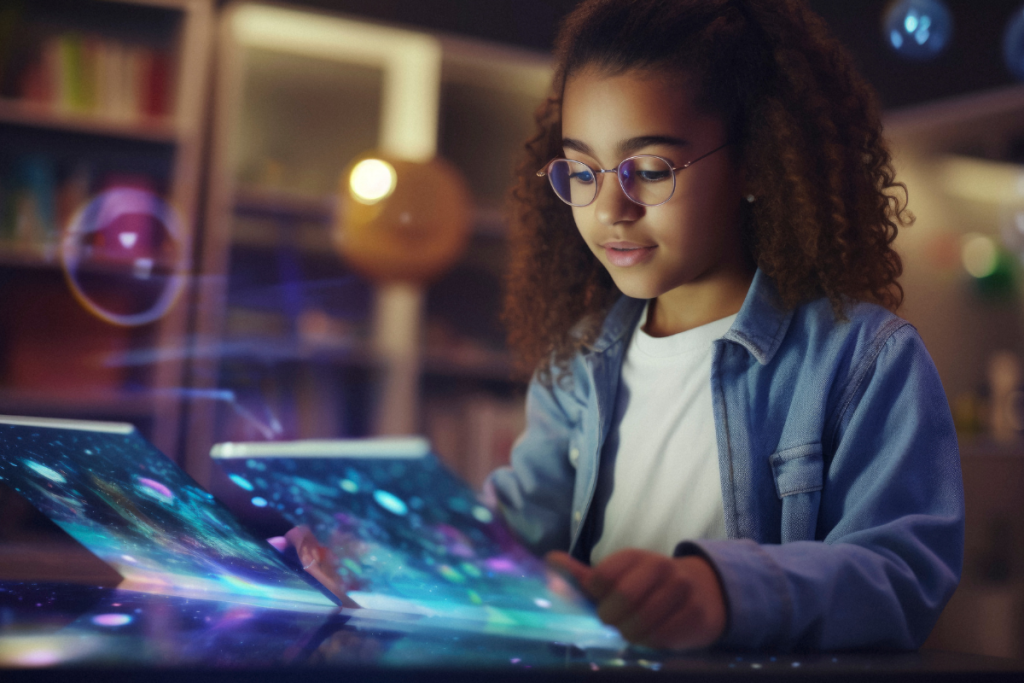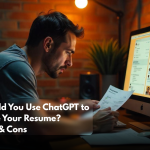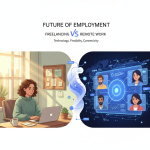Introduction
From blackboards to projectors and now to digital platforms, education has always changed in tandem with technology. Artificial Intelligence (AI) is the next major advancement. AI video generators, in particular, are changing how educators present lessons and how learners assimilate information. These technologies are pushing education beyond conventional bounds by providing personalized learning and automating material development, which makes classrooms more dynamic and responsive to student requirements.
What Are AI Video Generators?
AI video generators are platforms that use machine learning and natural language processing to create video content automatically. Instead of hours of recording and editing, educators can:
- Transform text into animated, visually stunning, and narrated video lessons.
- Customize content for specific subjects, age groups, or languages.
- Scale video production quickly for large courses or diverse student groups.
This technology helps teachers focus on teaching rather than repetitive content creation tasks.
Why Educators Are Turning to AI-Powered Videos
AI-generated videos are appealing since they are efficient and engaging.
- Time-saving: Lectures no longer need to be recorded or edited over the course of several days.
- Visual Learning: Animations and pictures help students understand difficult ideas more quickly.
- Accessibility: Lessons may be quickly translated into several languages or modified to accommodate varying proficiency levels.
- Cost-effective: Educational institutions preserve quality while reducing manufacturing costs.
Personalized Learning: Can AI Cater to Every Student?
One of the most significant advantages of AI in education is its capacity to provide highly tailored learning experiences.Unlike conventional classrooms, which frequently find it challenging to cater to varying learning speeds, AI video generators can flexibly modify content to suit individual requirements.
They are capable of adjusting lesson difficulty for both slower learners and advanced students, offering animation-rich explanations for visual learners, or simplifying intricate concepts for those who require clearer guidance.Simultaneously, AI systems consistently monitor student progress, providing educators with valuable insights into areas where learners encounter difficulties and facilitating more focused, effective support.While not without its flaws, AI-driven personalization is progressively revolutionizing education by making it more akin to the advantages of one-on-one tutoring on a broad, accessible scale.
From Lectures to Tutorials: How Content Creation Is Changing
The classroom is no longer limited to chalk-and-talk methods. AI video tools enable:
- Interactive Tutorials: Videos that simulate real-life scenarios or problem-solving exercises.
- Micro-Learning Content: Short, focused lessons for better retention.
- On-Demand Education: Students can replay and revisit content anytime, breaking the dependency on classroom schedules.
This shift transforms teachers from content producers into learning facilitators who guide students through AI-enhanced resources.
Challenges and Ethical Concerns in AI-Driven Education
Despite its numerous advantages, the implementation of AI in education also brings forth several legitimate concerns. A significant issue is data privacy, as the accumulation of extensive student information for tailored learning poses potential security threats. Another challenge pertains to bias in content, as AI systems may inadvertently replicate or exacerbate the biases present in their training datasets. Furthermore, there exists the danger of excessive dependence on technology, which could hinder students’ critical thinking abilities and diminish meaningful human interaction within the classroom. Access inequality represents another urgent issue, as not all students possess the necessary devices or stable internet connections to benefit from AI-enhanced learning. Consequently, it is crucial to strike a balance between innovation and ethical responsibility to ensure the sustainable integration of AI video generators in education.

Will AI Replace Teachers or Support Them?
One recurring question is whether AI will replace educators. The answer lies in perspective:
- AI as a Tool: It can handle repetitive tasks, freeing teachers to focus on mentoring and critical discussions.
- Human Connection: Emotional intelligence, empathy, and real-time guidance are irreplaceable human strengths.
- Hybrid Approach: The future likely lies in combining AI efficiency with human creativity and care.
Rather than replacing teachers, AI is better seen as a teaching partner that amplifies educational impact.
Conclusion
AI video generators are not merely a fleeting trend; they signify a profound transformation in education. By accelerating content creation, enhancing personalization, and increasing accessibility, they empower educators to address the varied needs of students in ways that were previously unattainable. However, their genuine potential hinges on ethical application, inclusivity, and a harmonious balance between technology and human oversight.
As education evolves in an AI-centric future, one fact remains evident: technology ought to function as an enabler rather than a substitute. Just as AI tools assist teachers in amplifying their influence, professionals also require platforms that foster their development and visibility. This is where Wiraa, a global remote job platform, assumes a complementary role. Wiraa allows educators, freelancers, and professionals around the globe to display their skills, access opportunities, and establish authority in a digital-first economy. The future of learning and working is destined for those who adopt innovation responsibly, and platforms like Wiraa ensure that this future is attainable.




